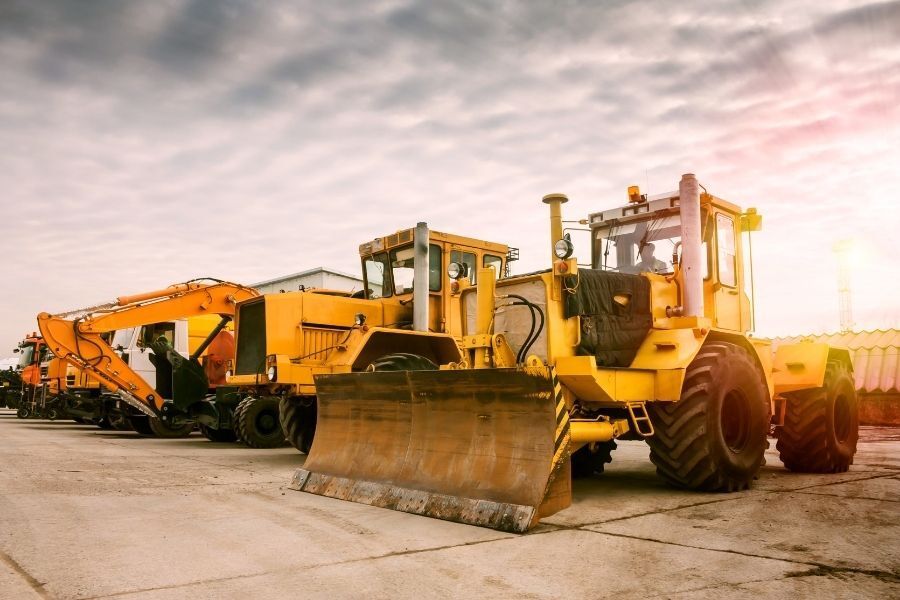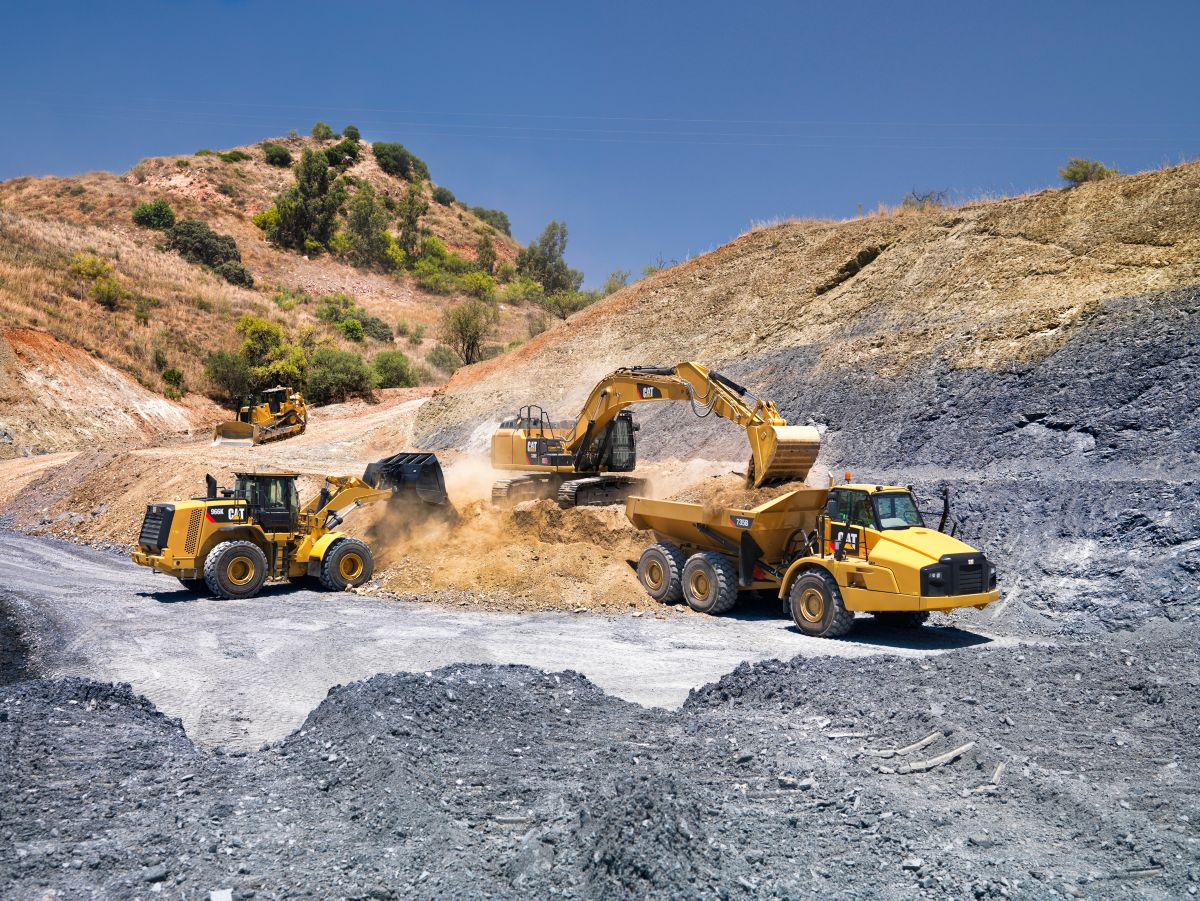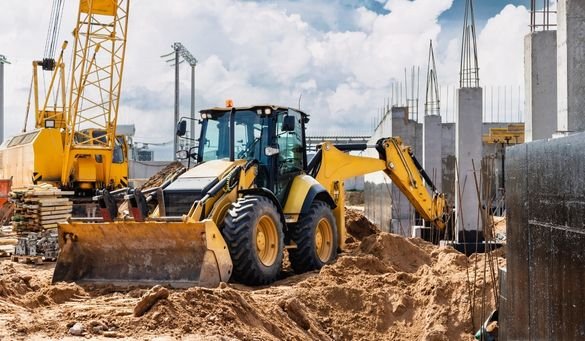Forklift Rental: Heavy Lifting Equipment for Warehousing and More
Forklift Rental: Heavy Lifting Equipment for Warehousing and More
Blog Article
Optimize Your Budget by Comprehending the Expenses Related To Building And Construction Devices Services
Comprehending the complete extent of prices associated with building and construction tools rentals is important for optimizing your budget. What approaches can be utilized to effectively manage these costs and guarantee an extra efficient rental experience?
Introduction of Rental Costs
When thinking about building and construction devices services, understanding the connected prices is vital for efficient budgeting and project planning. Rental prices can differ significantly based on several elements, consisting of tools kind, period of leasing, and place. The initial rental fee usually shows the devices's market need and its linked operational capacities, influencing the overall expense.
In addition to the base rental rate, supplementary expenses may emerge, such as transportation charges, gas surcharges, and upkeep costs. It is important to represent these extra costs to precisely examine the complete cost of leasing tools. Furthermore, the rental period can influence rates; longer rentals may get approved for discounted prices, while temporary services may sustain higher everyday fees.

Breakdown of Rental Prices
A detailed understanding of rental rates is crucial for professionals and task supervisors intending to maximize their spending plans. Rental prices for building devices commonly contain a number of parts, consisting of base rates, time-based fees, and usage charges.
Base rates are the core costs associated with the rental of the devices, frequently determined by the kind and dimension of the equipment. These rates can vary dramatically, affected by aspects such as equipment demand, availability, and local market fads. Time-based charges, which may be daily, weekly, or monthly, offer to fit different job timelines and rental periods.
Additionally, rental prices might include use charges, which are relevant when devices is used beyond a specified limit, making sure that the rental firm can represent damage. Seasonal demand changes can likewise impact rental rates, with peak building and construction seasons normally commanding higher prices.
Furthermore, comprehending the rental company's plans relating to maintenance and insurance policy can provide additional understanding into the overall cost structure. By assessing these parts, contractors can make informed decisions, making certain the selection of rental tools straightens with both task needs and spending plan restrictions.
Extra Fees to Think About
Recognizing the ins and outs of additional charges is critical for contractors to manage their overall leasing expenses properly. Beyond the basic rental prices, various additional costs can significantly influence the complete price of equipment rental. These costs usually include delivery and pickup fees, which can vary based on distance and logistics associated with carrying the tools to and from the task website.
Furthermore, some rental business may impose gas additional charges if the equipment is returned with much less gas than when leased. It is also vital to recognize potential cleaning charges, specifically for customized tools that calls for complete upkeep after usage.

Thoroughly assessing the rental agreement and clearing up these extra fees ahead my blog of time can assist specialists avoid unforeseen expenses and ensure that budget plans stay undamaged throughout the job lifecycle.
Repair And Maintenance Costs
Regular repair and maintenance expenses are often forgotten aspects that can significantly affect the general expense of building and construction devices leasings. When leasing tools, it is vital to take into consideration not just the rental costs however also the prospective expenses related to keeping the equipment in ideal operating condition.
Several rental companies include standard maintenance as component of the rental agreement; nevertheless, a lot more unforeseen malfunctions or considerable repair services can bring about extra expenses. It's vital to examine the rental agreement thoroughly to understand what upkeep solutions are covered and what duties drop on the renter.
Furthermore, devices that is not properly maintained can cause inefficiencies on the task website, potentially creating delays and enhancing project expenses. To alleviate these risks, it is suggested to carry out regular evaluations and preserve open communication with the rental service provider pertaining to any type of problems that occur during use.
Insurance Coverage and Liability Prices
Insurance policy and obligation expenses are critical elements that can significantly impact the general cost of building equipment leasings (dozer rental). These expenses guarantee that both the rental firm and the customer are secured from potential monetary losses occurring from crashes, damages, or burglary throughout the rental duration

Furthermore, clients must know any kind of deductibles or exclusions in the insurance plan, as these can influence potential out-of-pocket expenditures. Recognizing the terms of any insurance policy coverage is essential to avoid unexpected prices. Inevitably, budgeting for insurance and responsibility expenses can help ensure a smoother rental experience and protect against economic dangers related to construction jobs.
Conclusion
In final thought, a detailed understanding of the prices associated with construction devices leasings is crucial for effective spending plan management. Inevitably, informed decision-making relating to equipment leasings contributes to the total success of building and construction undertakings.
Rental prices can differ significantly based on a number of variables, including tools kind, period of service, and place (forklift rental). The rental duration can affect rates; longer leasings may certify for discounted rates, while temporary leasings might sustain greater daily charges
By carrying out comprehensive study and engaging with respectable rental business, contractors can properly browse the complexities of rental prices, ultimately maximizing their financial resources.
Past the basic rental prices, various auxiliary fees can dramatically impact the complete price of equipment rental. Rental companies typically offer responsibility insurance policy that covers injuries to third parties or damages to property, while devices damages More hints insurance policy can cover the expense of repairs or replacement if the leased tools is harmed.
Report this page